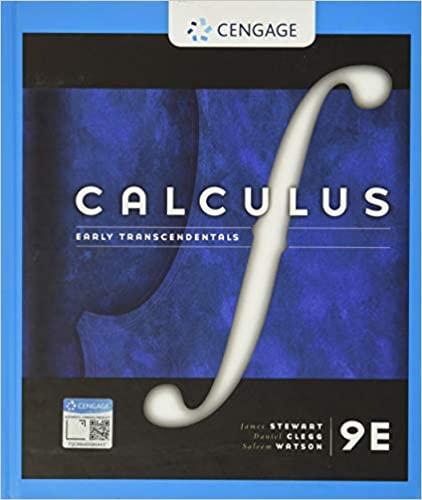Question
The background: Humans can have certain specialized cells. These cells have similar functionality but have can belong to four different types (called P_Type) namely -
The background: Humans can have certain specialized cells. These cells have similar functionality but have can belong to four different types (called P_Type) namely - X, Y, XY and Z. One person can have only one type of cell. The P_Type of a person can be observed directly. For example, if a scientist takes a sample from me and finds that I have W type then all other samples taken from me will show that I have W type. It is also known that the P_Type actually depends on another property called G_Type. However, G_Type of a person can not be observed directly. The basic problem that you have to solve is that given samples from humans, we can observe their P_Type. Thus, we can find a distribution for P_Type. Using these observations, we want to infer something about the distribution of G_Type using the Expectation Maximization method.
The following facts are known:
The G_Type comes in three variants, a, b and c.
Each human will have two G_Type cell. For example, I can have a and c type cells.
We can collect samples from various humans, measure their P_type and find the frequencies of occurrence of X, Y, XY and Z to get n(X), n(Y), n(XY) and n(Z).
Let the probability of occurrence of G_Type be p(a), p(b) and p(c).
The connection between G_Type and P_Type is given by the following table (remember that each human will have two G_Typecell

Step by Step Solution
There are 3 Steps involved in it
Step: 1

Get Instant Access to Expert-Tailored Solutions
See step-by-step solutions with expert insights and AI powered tools for academic success
Step: 2

Step: 3

Ace Your Homework with AI
Get the answers you need in no time with our AI-driven, step-by-step assistance
Get Started


